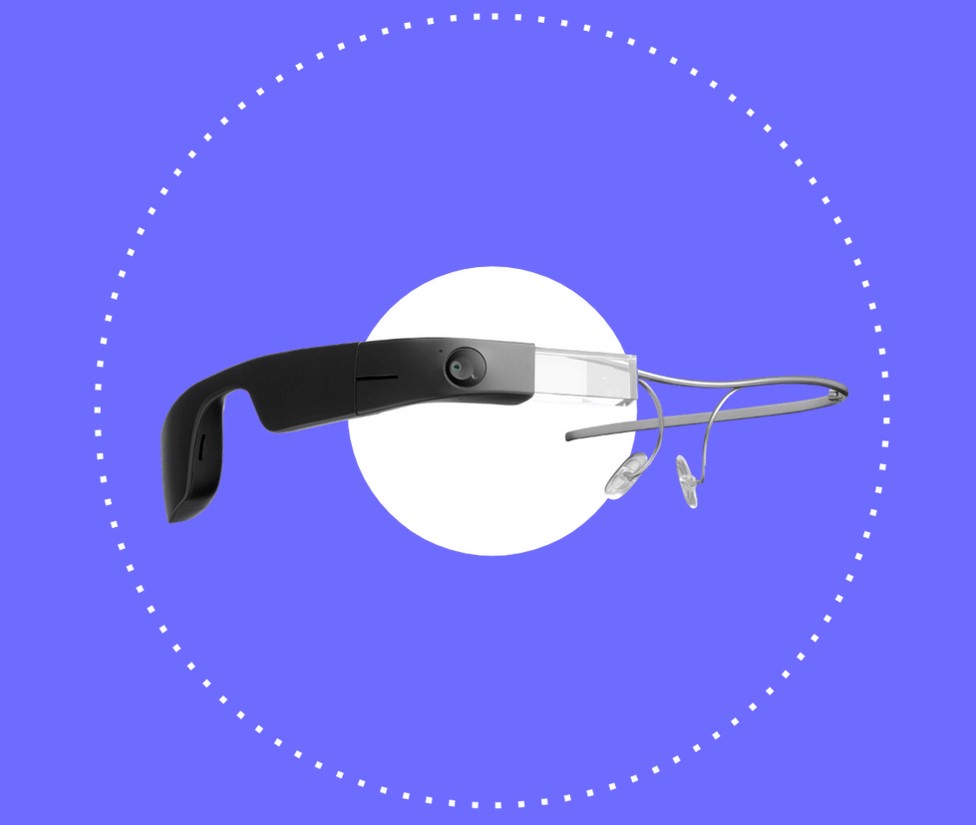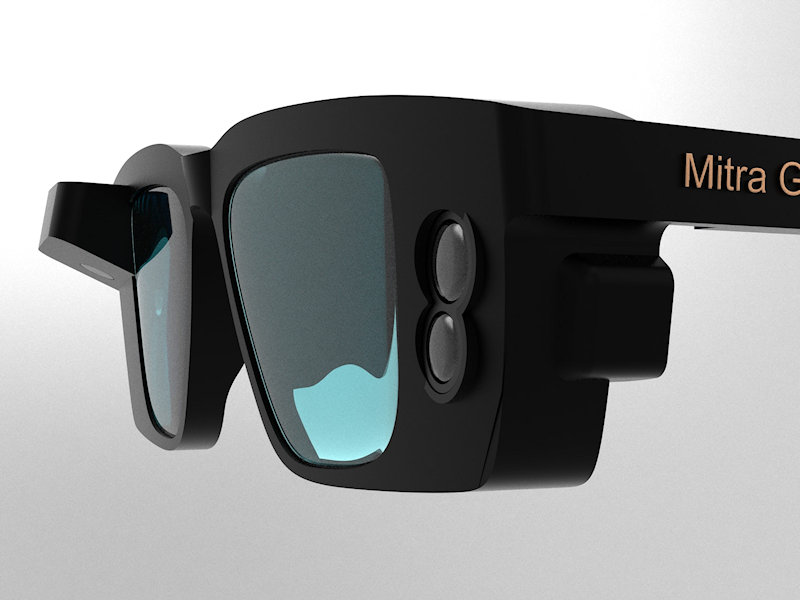Speech-to-Text Devices for Low Vision Users: Enhancing Communication and Productivity
Speech-to-Text Devices for Low Vision Users: Enhancing Communication and Productivity
Blog Article
Enhancing Ease Of Access Via Assistive Technology for the Blind
The combination of assistive modern technology for the blind stands for an essential innovation in access, basically modifying just how people browse their atmospheres and engage with society. As we explore the diverse kinds of assistive tools and their substantial influences on everyday living, it ends up being vital to take a look at exactly how ongoing technological advancements are improving the landscape of assistance for the blind neighborhood.
Overview of Assistive Technology
Assistive modern technology describes a variety of devices and software application created to boost the capabilities of people with impairments, including those who are aesthetically impaired or blind. This innovation plays a vital function in promoting freedom and enhancing the lifestyle for users. By giving alternate methods for accessing details and carrying out daily jobs, assistive technology encourages individuals to browse their settings better.
The growth and implementation of assistive innovation embrace a selection of principles targeted at fostering availability. These principles consist of user-centered design, which prioritizes the demands and preferences of the person, and the integration of innovation right into everyday tasks. Such advancements make sure that assistive tools are not only useful but likewise instinctive and easy to utilize.
In addition, assistive technology includes a varied range of solutions, from low-tech choices like magnifiers to sophisticated innovations such as screen visitors and Braille display screens. The ongoing development of this area is driven by the demand to address the distinct difficulties dealt with by individuals with aesthetic impairments (Wearable technology for low vision). As technology continues to development, the possibility for boosting access and promoting inclusivity remains appealing, ultimately adding to a much more fair culture

Sorts Of Assistive Tools
Countless kinds of assistive tools are available to sustain people that are blind or visually damaged, each made to address specific needs and challenges. These tools can be generally classified right into 3 primary types: low-tech, mid-tech, and modern services.
Low-tech devices include things such as magnifiers, Braille labels, and tactile maps. These are relatively simple tools that boost the customer's capability to engage with their atmosphere without requiring complex modern technology.
Mid-tech devices often entail advanced functions, such as electronic magnifiers and mobile Braille note-takers. These gadgets can provide functionalities like speech result, allowing customers to gain access to details much more successfully.

Influence on Daily Living
The availability of different assistive tools significantly enhances the lifestyle for people who are blind or aesthetically damaged, affecting their everyday living in extensive means. By integrating innovations such as display visitors, Braille presents, and audio summary solutions into their routines, users acquire higher freedom and freedom. These devices promote access to info, allowing people to do day-to-day jobs, such as reviewing e-mails, browsing public rooms, and enjoying media content.
Moreover, assistive gadgets empower individuals to engage more totally in social communications and area tasks. The capacity to make use of smart devices outfitted with access attributes permits smooth interaction and connection with others. This connectivity fosters a feeling of belonging and lowers sensations of seclusion.
In expert settings, assistive technology sustains efficiency by enabling individuals to complete job jobs effectively. Tools like voice acknowledgment software program and specialized magnifying gadgets enable users to take part in the labor force on equal footing with their sighted peers.

Innovations in Modern Technology
Recent technological innovations have actually considerably transformed the landscape of devices available for people that are blind or visually damaged. The assimilation of man-made intelligence (AI) and artificial intelligence has triggered applications that boost navigation and things recognition. Smart device apps can currently you could try these out utilize AI to determine and describe environments in real-time, providing individuals with beneficial contextual info.
In addition, developments in haptic modern technology have caused the growth of smart walking canes equipped with sensors that identify obstacles and supply responsive feedback. This equips customers to navigate their environment with boosted self-confidence and independence. Moreover, technologies in text-to-speech software and braille screens have actually boosted the accessibility of digital material, permitting for seamless communication with different media.
Wearable innovations, such as wise glasses, are likewise making strides in helping aesthetic problems. These tools eye clinic can give increased truth experiences, superimposing critical information onto the user's area of sight. Jointly, these innovations not just boost the lifestyle for people that are blind however likewise promote higher inclusion in society. As technology remains to evolve, the possibility for also more transformative devices stays imminent.
Future Trends and Innovations
As modern technology rapidly progresses, the future of assistive devices for people who are blind holds immense pledge. Technologies in expert system (AI) and equipment learning are poised to reinvent the means blind customers interact with their atmospheres. For example, AI-driven applications are being created to boost object recognition, enabling individuals to recognize and browse their surroundings with greater ease and accuracy.
In addition, advancements in haptic feedback innovation are allowing the development of tactile maps and navigation aids that offer real-time information through touch. These developments not only enhance mobility but additionally foster freedom. In addition, wearable tools outfitted with enhanced truth (AR) functions are emerging, offering customers aesthetic info with audio summaries, consequently connecting the space between the physical and electronic worlds.
Additionally, the integration of clever home modern technology provides new possibilities for access, enabling individuals to regulate their living settings with voice commands or glass doctor smartphone applications. As cooperation between tech programmers and the blind neighborhood continues, the emphasis on user-centered design will certainly make sure that future developments are customized to satisfy the distinct demands of this population (Wearable technology for low vision). The trajectory of assistive technology guarantees a more comprehensive and empowering future for people who are blind
Verdict
To conclude, assistive technology plays a critical function in boosting availability for individuals with visual problems. The diverse selection of gadgets, consisting of screen visitors and smart walking sticks, significantly enhances day-to-day living and promotes freedom. Continuous improvements in technology and user-centered style make certain that these tools provide properly to the distinct requirements of the blind community. As developments progression, increased inclusivity and empowerment can be expected, inevitably enriching the lifestyle for those impacted by aesthetic impairments.
The integration of assistive innovation for the blind stands for an essential innovation in accessibility, fundamentally altering how individuals navigate their environments and engage with society.Assistive technology refers to a range of devices and software designed to enhance the capacities of people with handicaps, consisting of those that are visually impaired or blind. Wearable technology for low vision.As technology rapidly progresses, the future of assistive devices for people that are blind holds enormous guarantee. The trajectory of assistive technology promises an extra comprehensive and empowering future for individuals who are blind
In verdict, assistive modern technology plays a critical duty in improving ease of access for individuals with aesthetic disabilities.
Report this page